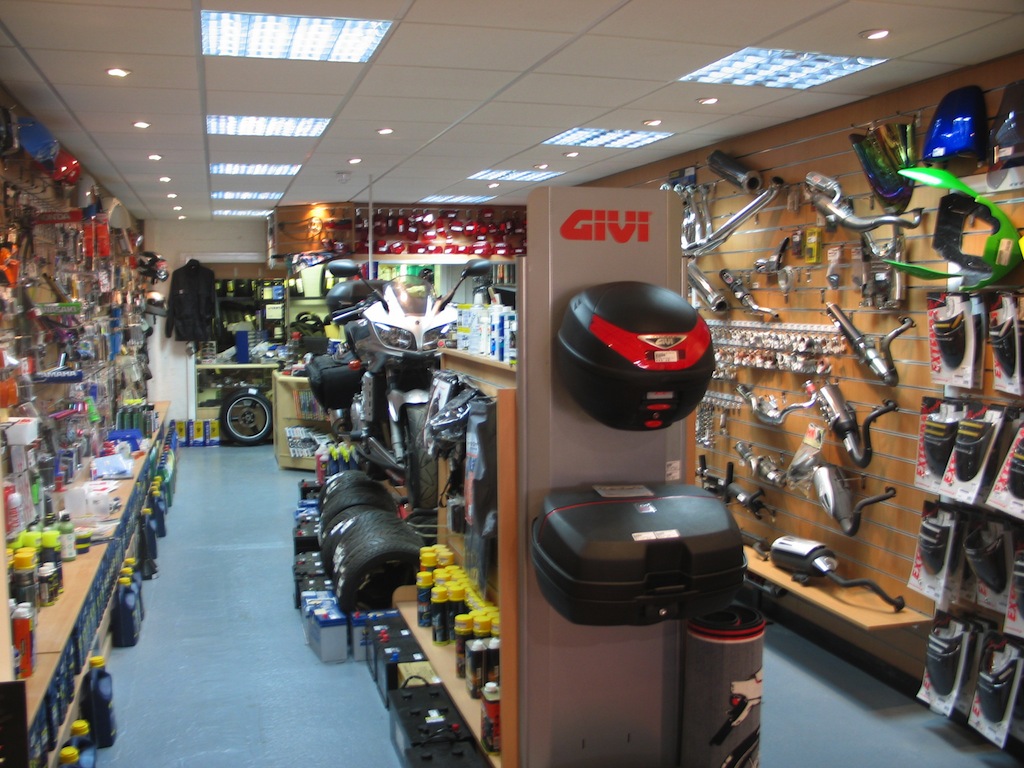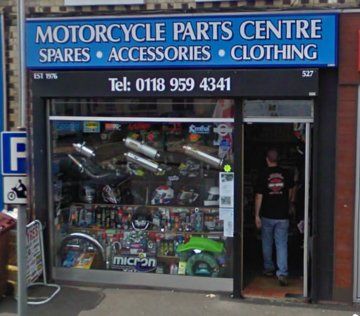Discover Quality Moto Parts NZ for All Your Motorcycle Demands
Discover Quality Moto Parts NZ for All Your Motorcycle Demands
Blog Article
Understanding the Vital Parts of a Bike: A Comprehensive Guide for Fanatics
For motorbike enthusiasts looking to boost their riding experience and guarantee their bikes run efficiently, understanding the necessary elements of a motorcycle is extremely important. Each component, from the engine's complex workings to the crucial function of the braking systems, not only impacts performance however also safety and comfort.
Engine Parts

The camshaft plays an important duty in regulating the timing of the engine's shutoffs, making sure the exact opening and closing necessary for reliable fuel and air consumption, along with exhaust expulsion. This timing is crucial to preserving ideal engine efficiency and performance. In addition, the carburetor or fuel injection system, relying on the bike version, is in charge of blending air with fuel in the appropriate proportion for burning.
The cooling system, either air or liquid-based, works to maintain the engine's temperature within functional limitations, stopping getting too hot and making certain durability - motorcycle shop. Each element, thoroughly designed and integrated, contributes to the smooth procedure of the engine, defining the bike's power output and general performance
Transmission System
Indispensable to the motorbike's functionality, the transmission system ensures reliable power transfer from the engine to the wheels. This system comprises a number of critical elements, consisting of the clutch, transmission, and last drive, each playing a vital role in translating the engine's power right into activity. The clutch, typically operated by a hand lever, serves to involve and disengage the engine from the transmission, enabling smooth equipment changes and controlled velocity.
The gearbox, usually described as the transmission correct, contains a collection of equipments that bikers can by hand move through to adjust the bike's speed and torque outcome. These gears are prepared in a series that allows the motorbike to speed up smoothly and maintain optimal engine efficiency throughout different speeds. Most bikes make use of a sequential gearbox, requiring the biker to move gears in a fixed order.
Braking Mechanisms
While understanding the transmission system is crucial to utilizing a motorbike's power, similarly vital is the ability to regulate and quit that power successfully, which is where braking devices enter play. Brakes are important for safety and performance, giving the cyclist with the needed control to browse various terrains and conditions. Normally, bikes feature two types of braking systems: disc brakes and drum brakes.
Disc brakes are more prevalent in modern-day bikes due to their remarkable efficiency. They contain a brake disc, caliper, and pads. When activated, the caliper presses the brake pads versus the rotating disc, transforming kinetic power right into warmth, thereby slowing the wheel. This system uses much better heat dissipation, consistent efficiency, and improved stopping power, particularly in damp problems.
Alternatively, drum brakes, though less usual, are still found in some motorbikes. They function by pushing brake motorcycle helmet shield footwear against the inner surface area of a drum connected to the wheel. While usually less effective in heat dissipation and quiting power, drum brakes are easier and extra cost-effective.
Understanding these braking systems' nuances enables riders to preserve their motorbikes appropriately and value the engineering that ensures secure and reliable quiting.
Suspension and Steering
Suspension and guiding systems are essential components that substantially affect a motorcycle's handling and ride convenience. The shock absorber, containing forks at the front and shock absorbers at the back, absorbs roadway irregularities, improving stability and control. Front forks, usually telescopic or inverted, compress and rebound to minimize influences, while back shock absorbers preserve tire contact with the roadway, crucial for grip and safety and security.
Steering, centered around the handlebars, links the biker to the motorcycle's directional control. The steering head bearings ensure smooth procedure, permitting exact ability to move. Proper positioning and upkeep of these bearings are crucial for foreseeable steering action and reducing rider exhaustion.
The suspension's adjustability is one more vital aspect; preload, damping, and rebound setups allow customization to fit various riding problems and styles. This adaptability is necessary for optimizing efficiency, whether navigating metropolitan roads or tackling sturdy trails. Innovations like digital shock absorber supply real-time adjustments, improving adventure top quality throughout varied surfaces.

Electric Solutions
After making sure a smooth and controlled adventure through efficient suspension and guiding systems, interest transforms to the electrical systems, a pivotal facet of modern-day motorcycles. These systems play an important function not only in starting the engine but additionally in powering different elements that boost the capability and read this post here safety of the bike.
At the heart of a motorbike's electrical system is the battery, which shops electric power essential for starting the engine and powering complementary systems - motorbike shop. The alternator or generator, coupled with the rectifier-regulator, ensures the battery remains charged while the bike functions, transforming mechanical power right into electric power and keeping voltage levels
The ignition system, one more critical element, is accountable for igniting the air-fuel mix in the engine's cylinders. Modern bikes typically utilize a digital ignition system, offering greater effectiveness and integrity compared to traditional systems.
Illumination systems, consisting of fronts lights, tail lights, and indicators, are also important, guaranteeing visibility and security for the rider. Added electronic elements such as sensors, control devices, and displays add to sophisticated functions like fuel injection monitoring, anti-lock stopping systems (ABDOMINAL), and electronic control panels, additionally improving the riding experience.
Verdict
A comprehensive comprehension of a motorbike's vital components, including the engine, transmission system, stopping mechanisms, suspension, guiding, and electric systems, is indispensable for fanatics intending to maximize safety and security, efficiency, and comfort. Mastery of these aspects allows for informed choices regarding upkeep and upgrades, ultimately improving the riding experience. By integrating this understanding, cyclists can ensure their motorcycles run at peak efficiency and integrity, thereby making best use of both pleasure and durability of their cars.
For bike lovers looking to elevate their riding experience and guarantee their bikes run efficiently, comprehending the important components of a motorcycle is paramount.Important to the motorcycle's performance, the transmission system ensures efficient power transfer from the engine to the wheels.While understanding the transmission system is crucial to utilizing a bike's power, equally important is the capacity to control and stop that power effectively, which is where braking systems come right into play. Commonly, bikes include 2 kinds of braking systems: disc brakes and drum brakes.
A complete comprehension of a motorcycle's vital parts, consisting of the engine, transmission system, braking systems, suspension, guiding, and electrical systems, is essential for Get More Info enthusiasts intending to maximize convenience, safety, and efficiency.
Report this page